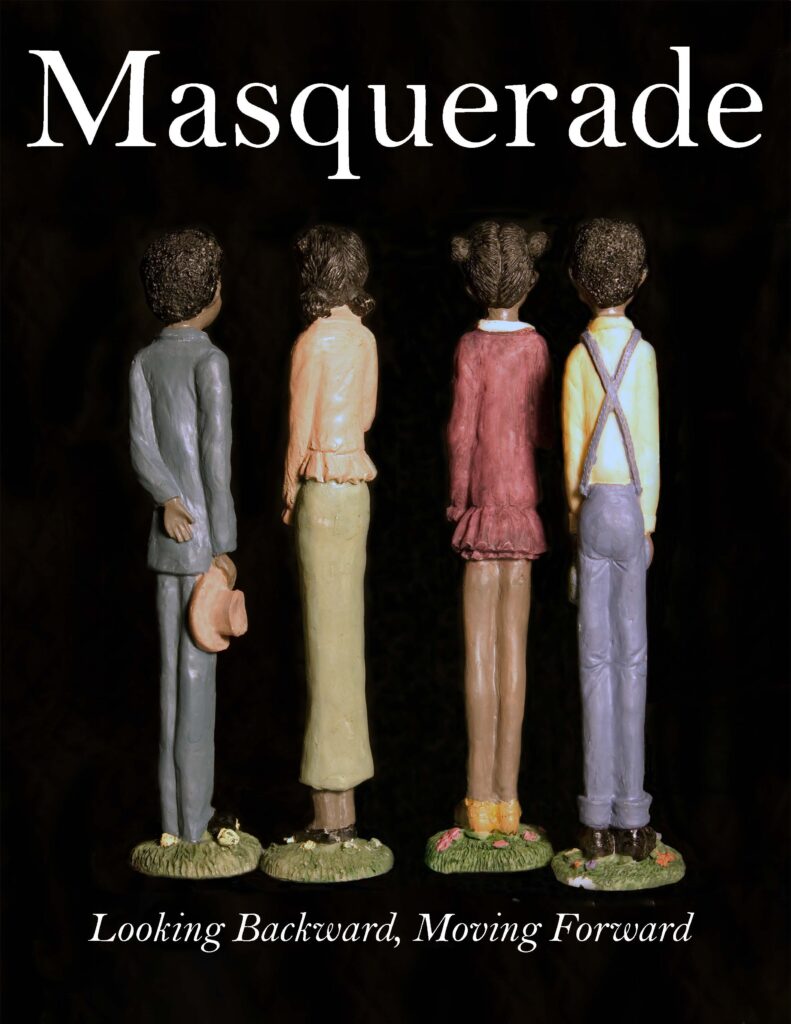
Story, Photography and Artwork by Terry Check
Forword: When viewing the artwork of “Looking Backward, Moving Forward”, the backgrounds are of “out-of-focus” picaninnies which depict black children in racial caricatures. Being “out-of-focus” is a representation of the distant past in the 1800’s and beyond as “Looking Backward”. The foregrounds of the artwork are “in-focus” fostering a discussion of racism of the past and today as we, black and white, strive for a colorless society. Yes, I am hopeful if we work together.
In the archives of American history, racism runs deep, leaving a legacy of inequality and injustice that continues to haunt the nation to this day. From the horrors of slavery to the struggles of the civil rights movement, the United States has grappled with the specter of racism at every turn. However, as we look backwards to confront the injustices of yesterday, we must also strive to move forward, forging a path towards a more equitable and inclusive society.
Looking Backwards: Confronting Yesterday’s Inequalities
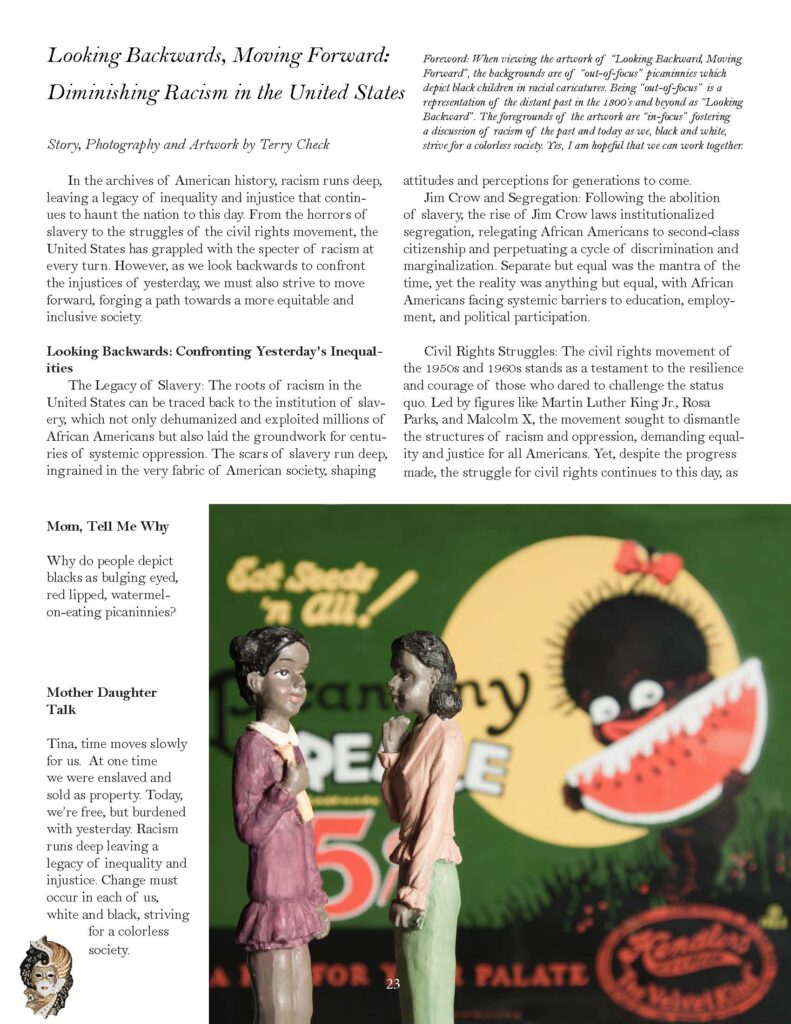
The Legacy of Slavery: The roots of racism in the United States can be traced back to the institution of slavery, which not only dehumanized and exploited millions of African Americans but also laid the groundwork for centuries of systemic oppression. The scars of slavery run deep, ingrained in the very fabric of American society, shaping attitudes and perceptions for generations to come.
Jim Crow and Segregation: Following the abolition of slavery, the rise of Jim Crow laws institutionalized segregation, relegating African Americans to second-class citizenship and perpetuating a cycle of discrimination and marginalization. Separate but equal was the mantra of the time, yet the reality was anything but equal, with African Americans facing systemic barriers to education, employment, and political participation.
Civil Rights Struggles: The civil rights movement of the 1950s and 1960s stands as a testament to the resilience and courage of those who dared to challenge the status quo. Led by figures like Martin Luther King Jr., Rosa Parks, and Malcolm X, the movement sought to dismantle the structures of racism and oppression, demanding equality and justice for all Americans. Yet, despite the progress made, the struggle for civil rights continues to this day, as systemic racism persists in various forms.
Moving Forward: Diminishing Racism in the United States
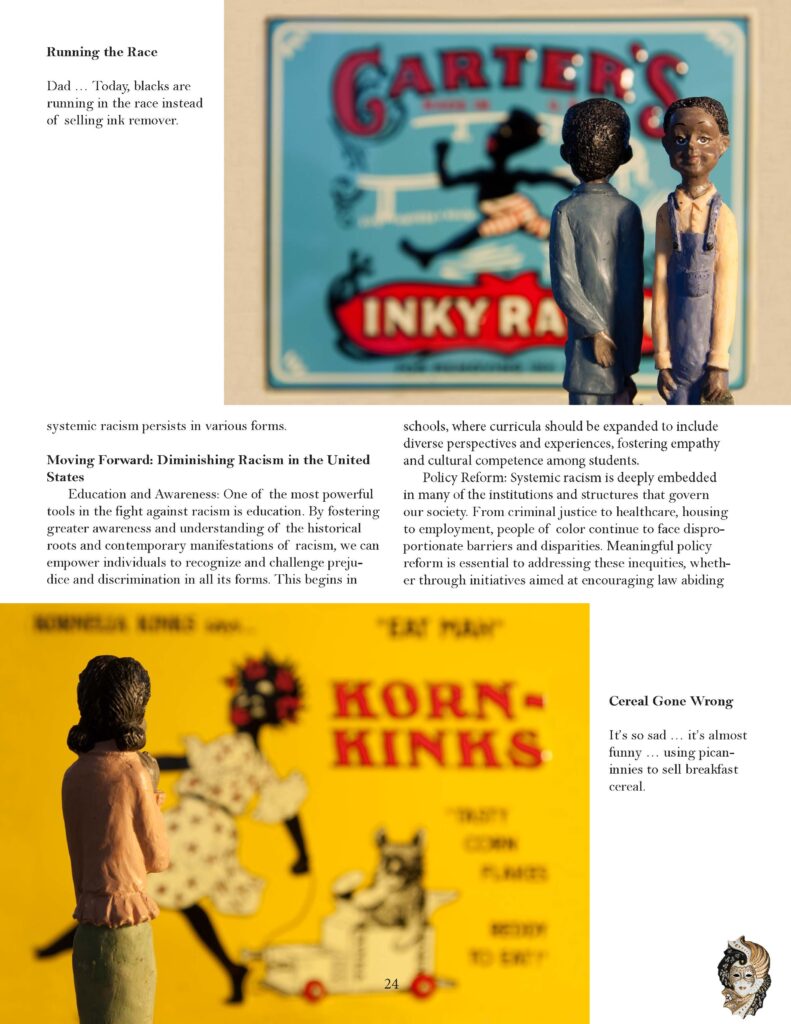
Education and Awareness: One of the most powerful tools in the fight against racism is education. By fostering greater awareness and understanding of the historical roots and contemporary manifestations of racism, we can empower individuals to recognize and challenge prejudice and discrimination in all its forms. This begins in our schools, where curricula should be expanded to include diverse perspectives and experiences, fostering empathy and cultural competence among students.
Policy Reform: Systemic racism is deeply embedded in many of the institutions and structures that govern our society. From criminal justice to healthcare, housing to employment, people of color continue to face disproportionate barriers and disparities. Meaningful policy reform is essential to addressing these inequities, whether through initiatives aimed at encouraging law-abiding citizenship reducing incarceration, promoting fair housing practices, or ensuring equal access to quality healthcare and education.
Community Engagement: Building bridges across racial divides requires active engagement and dialogue within our communities. By creating spaces for honest and respectful conversation, we can break down stereotypes, challenge prejudices, and foster greater understanding and empathy among people of different backgrounds. Community organizations, faith-based groups, and grassroots movements play a crucial role in this process, mobilizing individuals to work together towards a more just and inclusive society.
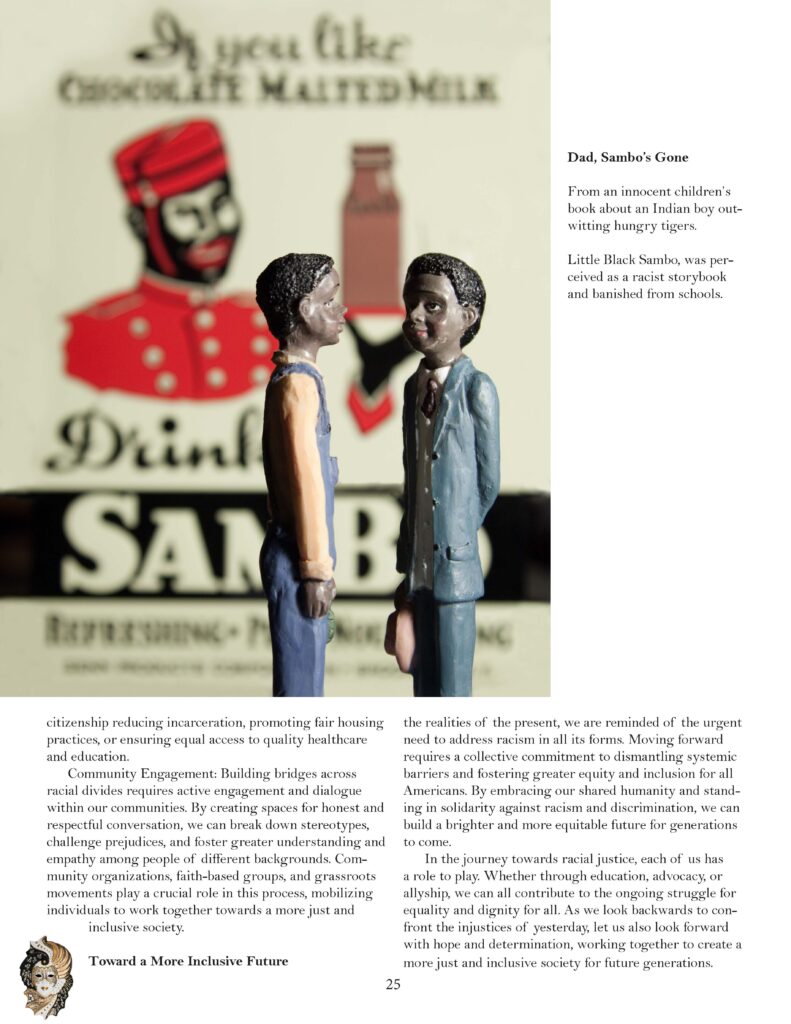
Toward a More Inclusive Future
As we reflect on the injustices of the past and confront the realities of the present, we are reminded of the urgent need to address racism in all its forms. Moving forward requires a collective commitment to dismantling systemic barriers and fostering greater equity and inclusion for all Americans. By embracing our shared humanity and standing in solidarity against racism and discrimination, we can build a brighter and more equitable future for generations to come.
In the journey towards racial justice, each of us has a role to play. Whether through education, advocacy, or allyship, we can all contribute to the ongoing struggle for equality and dignity for all. As we look backwards to confront the injustices of yesterday, let us also look forward with hope and determination, working together to create a more just and inclusive society for future generations.
About the Artwork: Looking Backward, Moving Forward
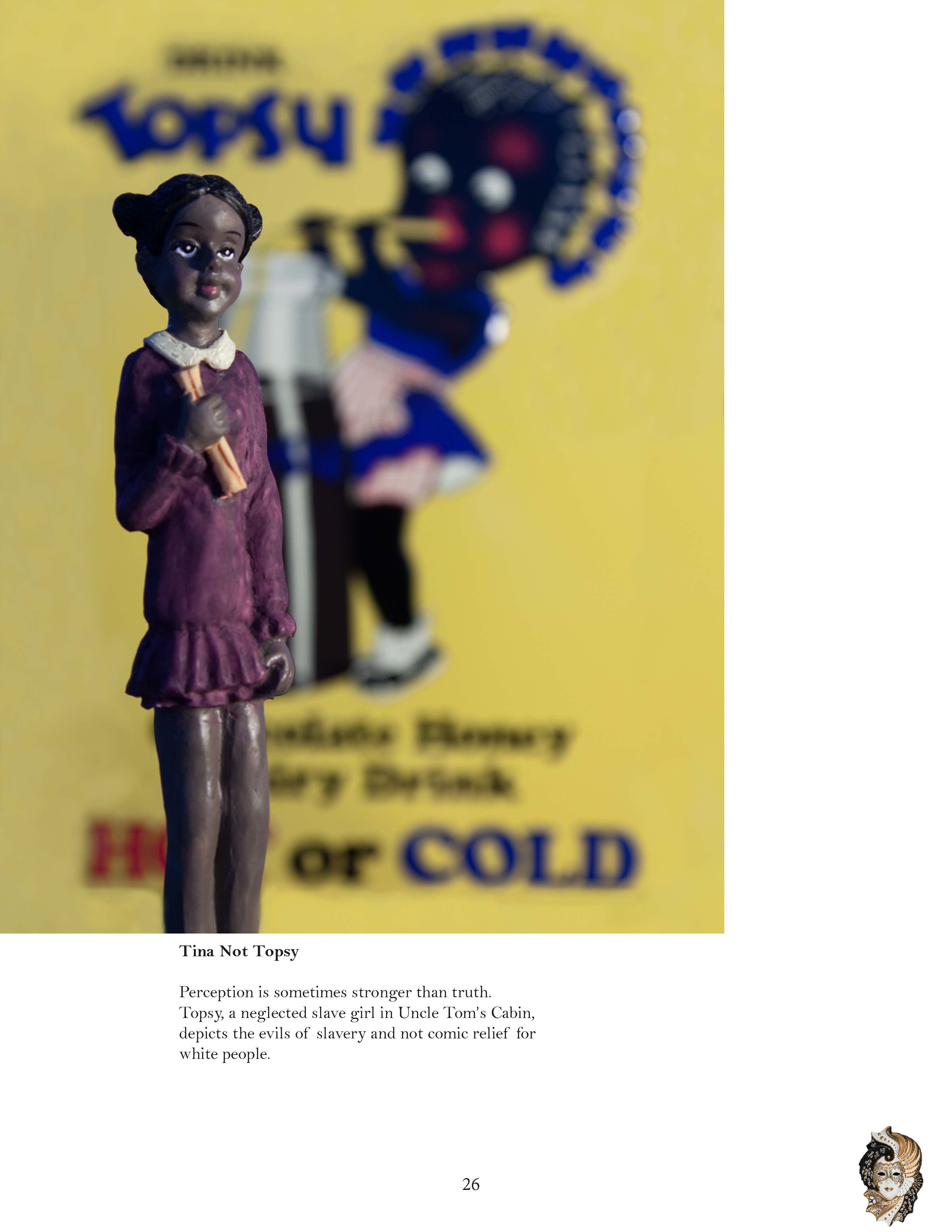
In the summer of 2010, Mr. Check submitted a nine-piece series of “Looking Backward, Moving Forward” to the National Black Art Festival for an exhibition. Seven artists were selected, including Mr. Check, for the festival.
While viewing the artwork of “Looking Backward, Moving Forward”, the backgrounds are of “out-of-focus” picaninnies which depict black children in racial caricatures. Being “out-of-focus” is a representation of the distant past in the 1800’s and beyond “Looking Backward”. The foregrounds of the artwork are “in-focus” fostering a discussion of racism of the past and today as we, black and white, strive for a colorless society. Yes, I am hopeful that we can work together.
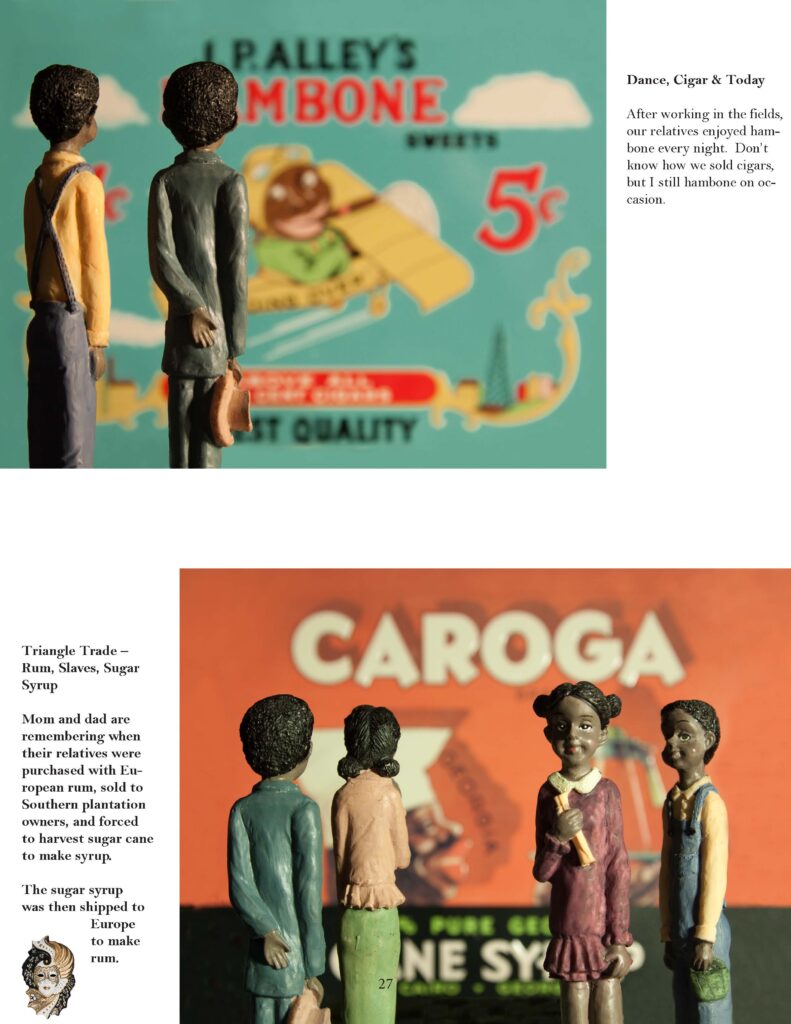
As we look backward, we strive to move forward toward a non-racist, colorless society, one where people are judged solely on their character, actions, and contributions to society, rather than based on their race or skin color. In such a society, diversity would be celebrated, and everyone would be treated with equal respect, dignity, and opportunity regardless of their racial background. Prejudice and discrimination based on race would be eradicated, and individuals would be valued for their inherent worth as human beings.
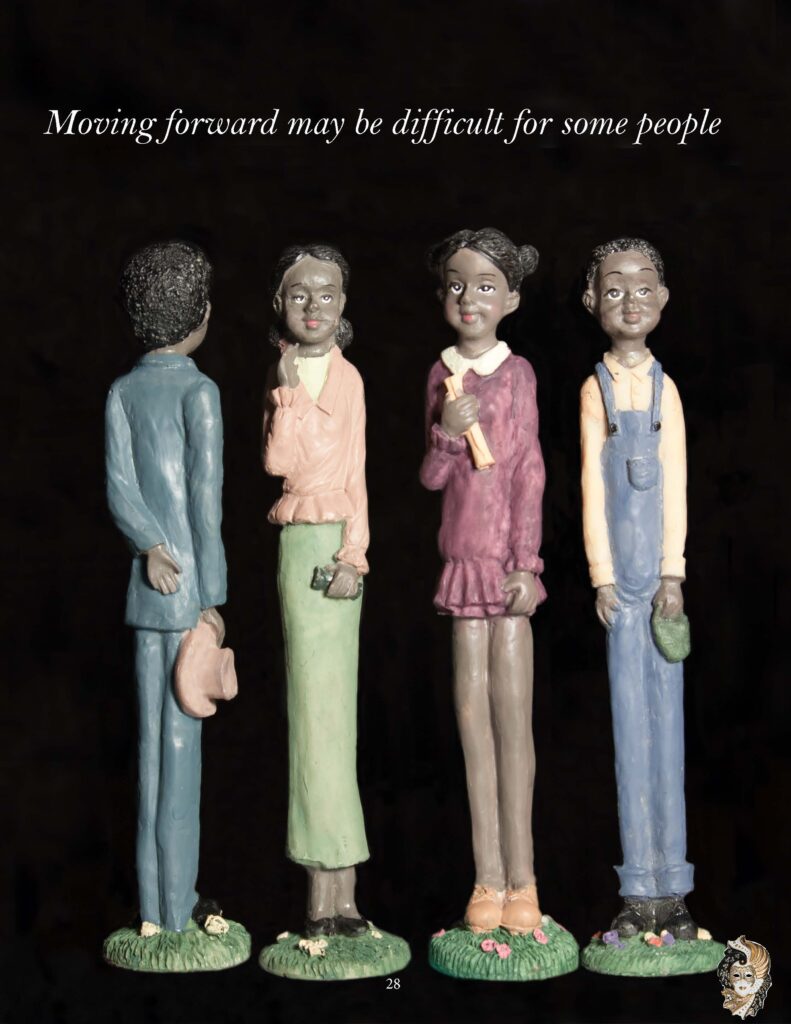
A couple of years later, the National Black Arts Festival asked Mr. Check if he had another body of work suitable for the festival. “Little Black Samantha” was created to illustrate the misconception of racism in the children’s storybook, “Little Black Sambo”.
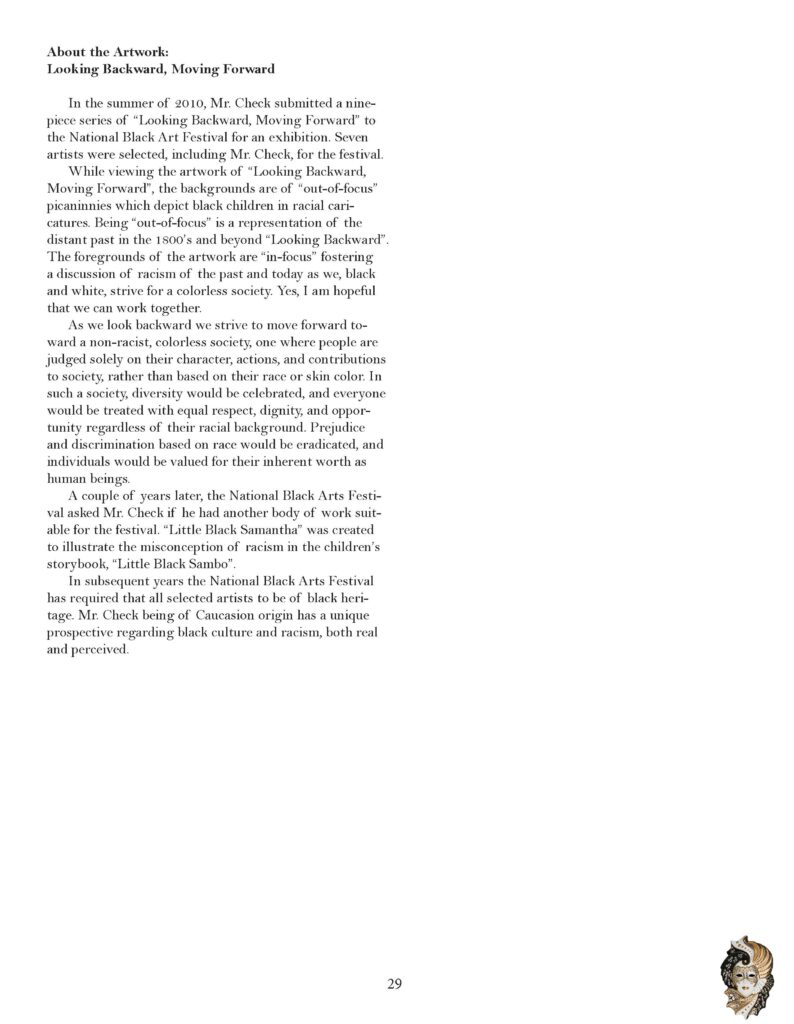
In subsequent years the National Black Arts Festival has required that all selected artists to be of black heritage. Mr. Check being of Caucasian origin has a unique prospective regarding black culture and racism, both real and perceived.